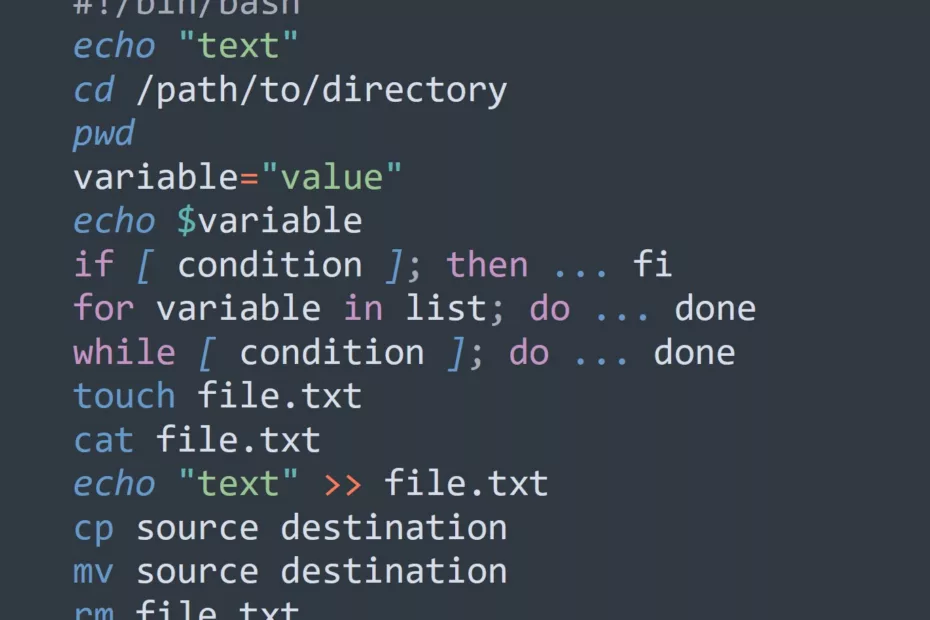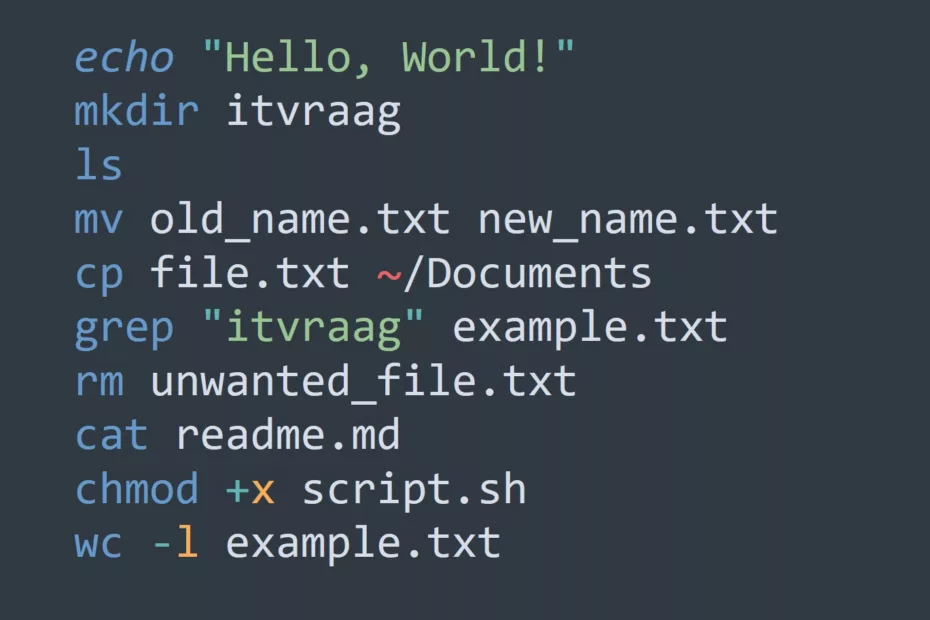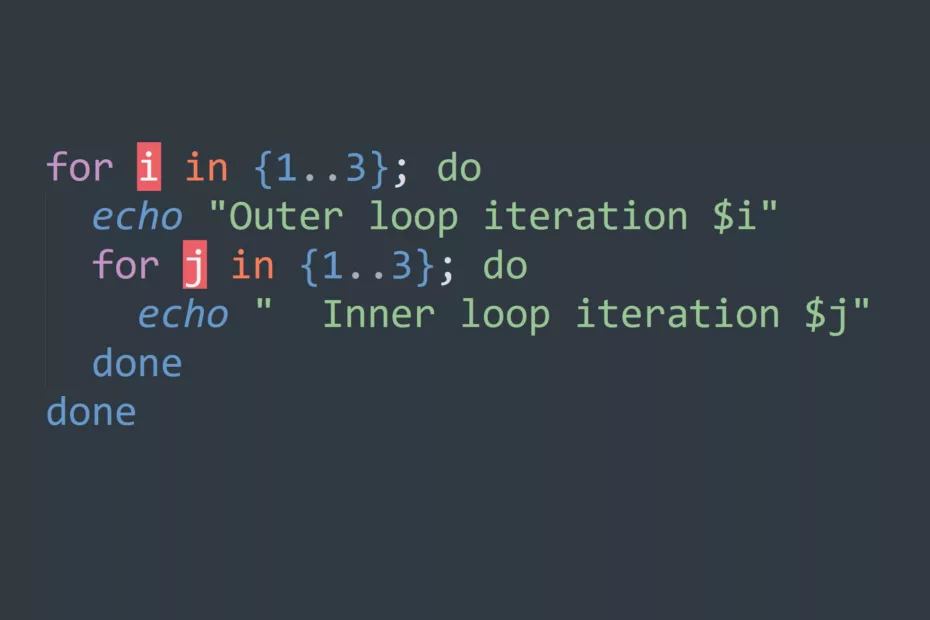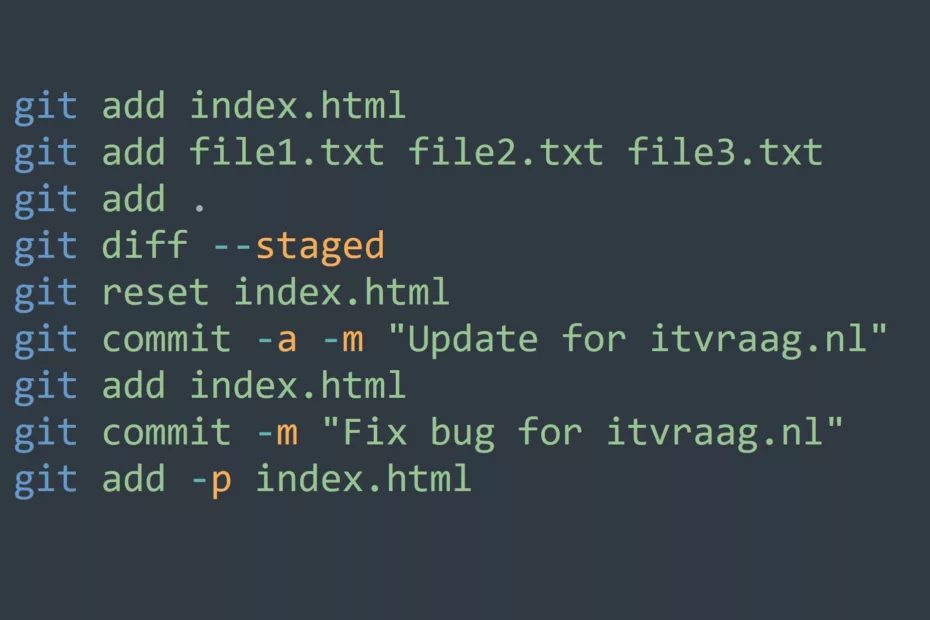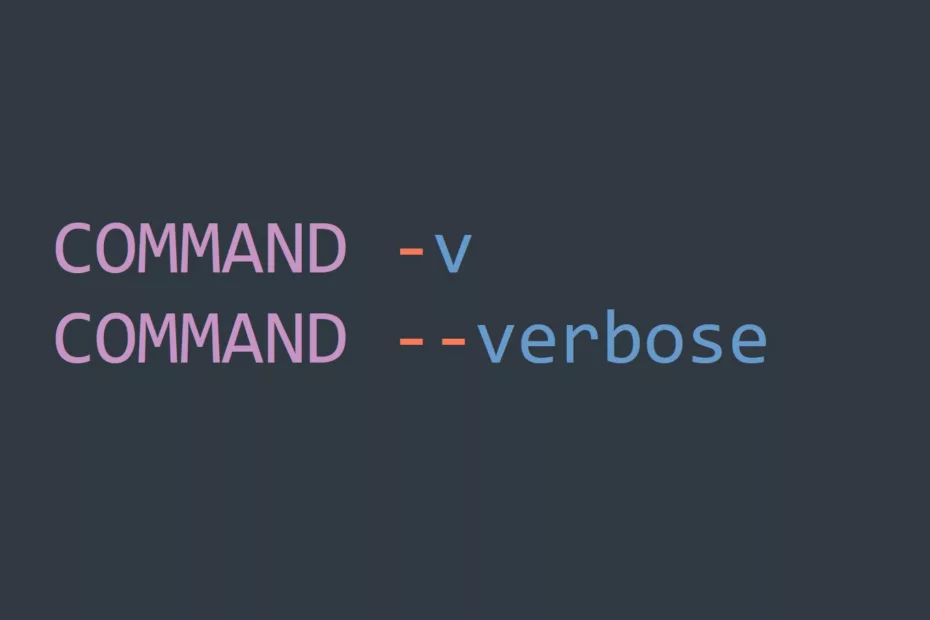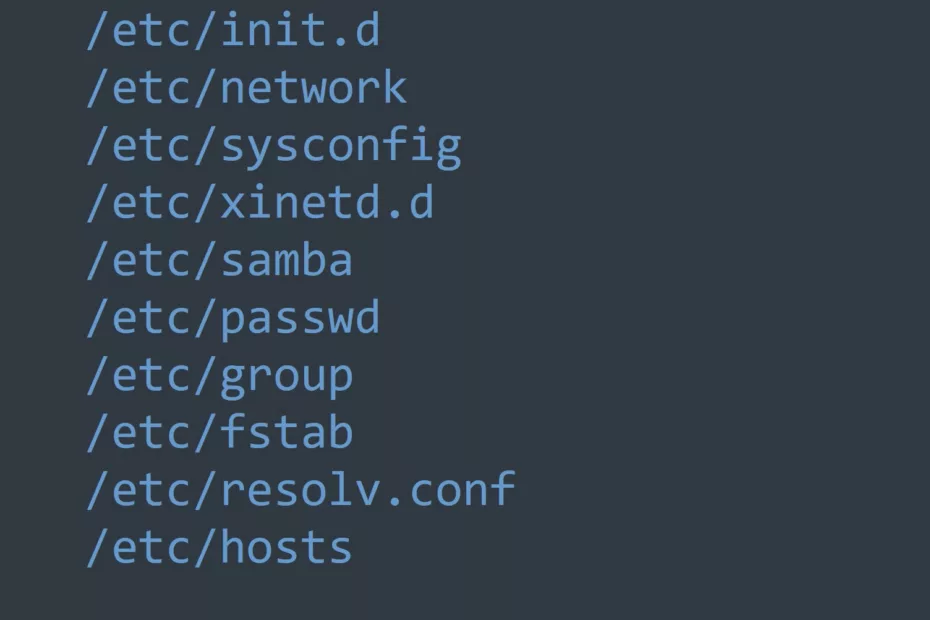Intro & Benefits of Automation Testing
Introduction to Automation Testing Automation testing is the practice of using software tools to execute and analyze test cases. This type of testing helps software teams reduce the amount of time and effort required to conduct repetitive manual testing, resulting in increased efficiency and improved software quality. Automation testing is… Read More »Intro & Benefits of Automation Testing


